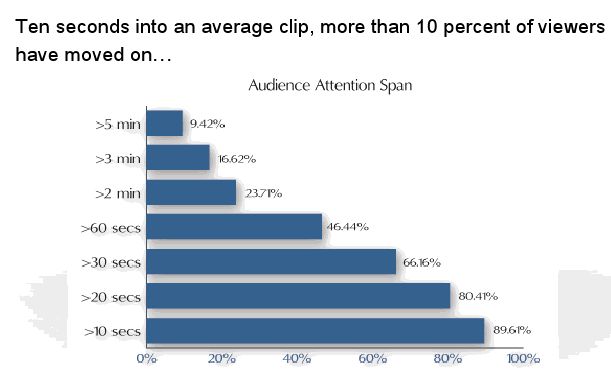Sony and SanDisk look to improve video streams by predicting what you'll want to watch
Flash memory company SanDisk, along with content studio Sony Pictures Entertainment and mobile carriers SoftBank Mobile and Orange, are working on an IEEE draft standard that seeks to tackle the mobile network traffic problem created when too many people watch streaming video at the same time. The standard, called HQME (High Quality Mobile Experience) partitions off a section of a phone's memory and automatically caches the most popular web media content when network traffic is at its lowest.
The demand for mobile bandwidth is extremely high already, and only getting worse. At two points in the work day, there are huge spikes in consumption when everyone is simultaneously logged in and attempting to connect to some form of media.
Unfortunately, studies have shown that as soon as users hit a spot where a video has to buffer, or content lags and hiccups, they are 81% likely to click away or quit.

So when everybody is trying to access content simultaneously, the high traffic can cause user engagement to actually drop. It's a lose-lose situation: strained networks and frustrated users.
HQME will take the most commonly accessed content, such as the top 100 YouTube videos, and a user's Netflix and Hulu queues, and cache them to their phone memory when the network is at its lowest usage, such as in the middle of the night when the user's phone is charging. Then, during busier times, users may try to access something online that has been pre-cached to their device.
SanDisk believes this could work simply because people are so predictable.
"We all like to think we're special snowflakes," SanDisk's Matt Shapiro joked with Betanews recently. "But at the end of the day, we all have patterns, that's why we have viral videos, that's why there's a top 100 on YouTube. I cannot solve the breaking news issue, and I cannot really help you if you're the world's foremost Proust scholar, but I can classify between 20-40% of all people's video consumption as being extremely predictable."
"One of the CEOs of one of our Asian customer companies said if we could just cache the top 100 YouTube videos, we'd solve 40% of their network congestion problems," Shapiro continued. "His biggest headache is people watching YouTube over his network at times when the network is all clogged up. We all do such similar things."
It's impossible to know exactly how much traffic could be decreased by predictive caching, but Shapiro says any decrease will ultimately help these mobile networks from becoming so overtaxed that video consumption becomes impossible during peak hours.
